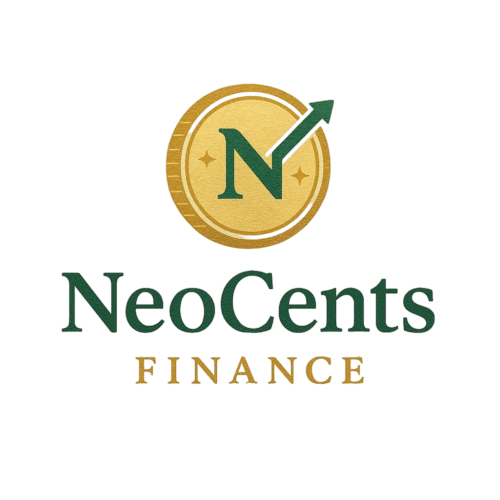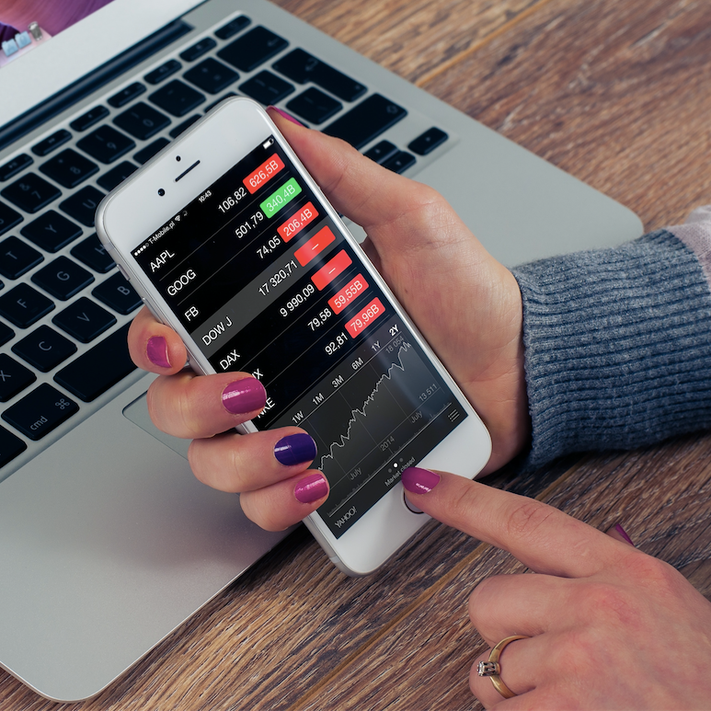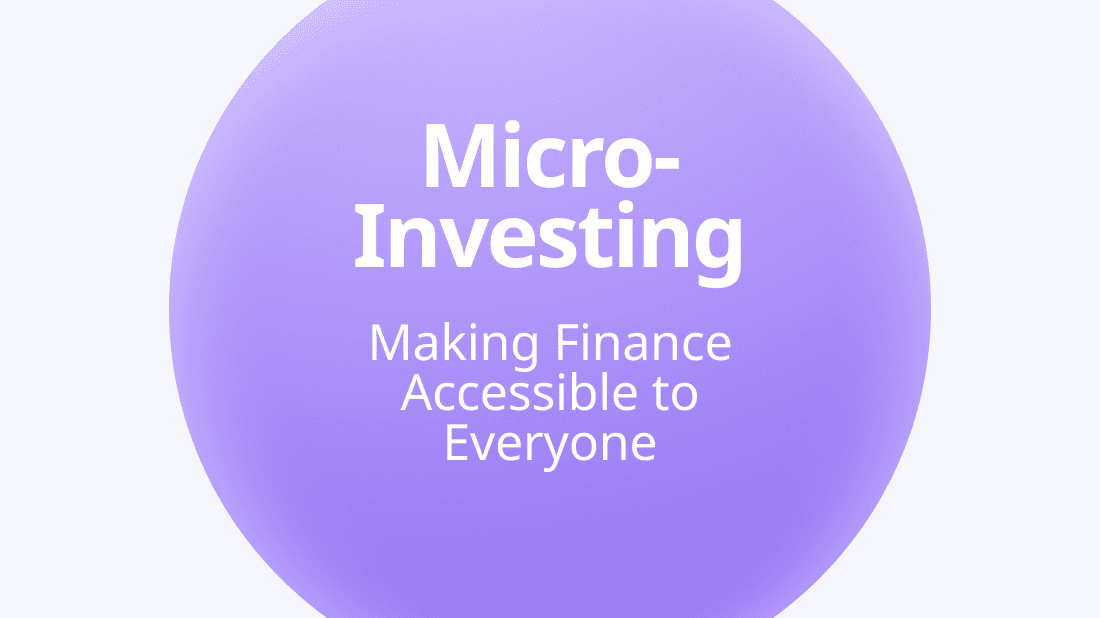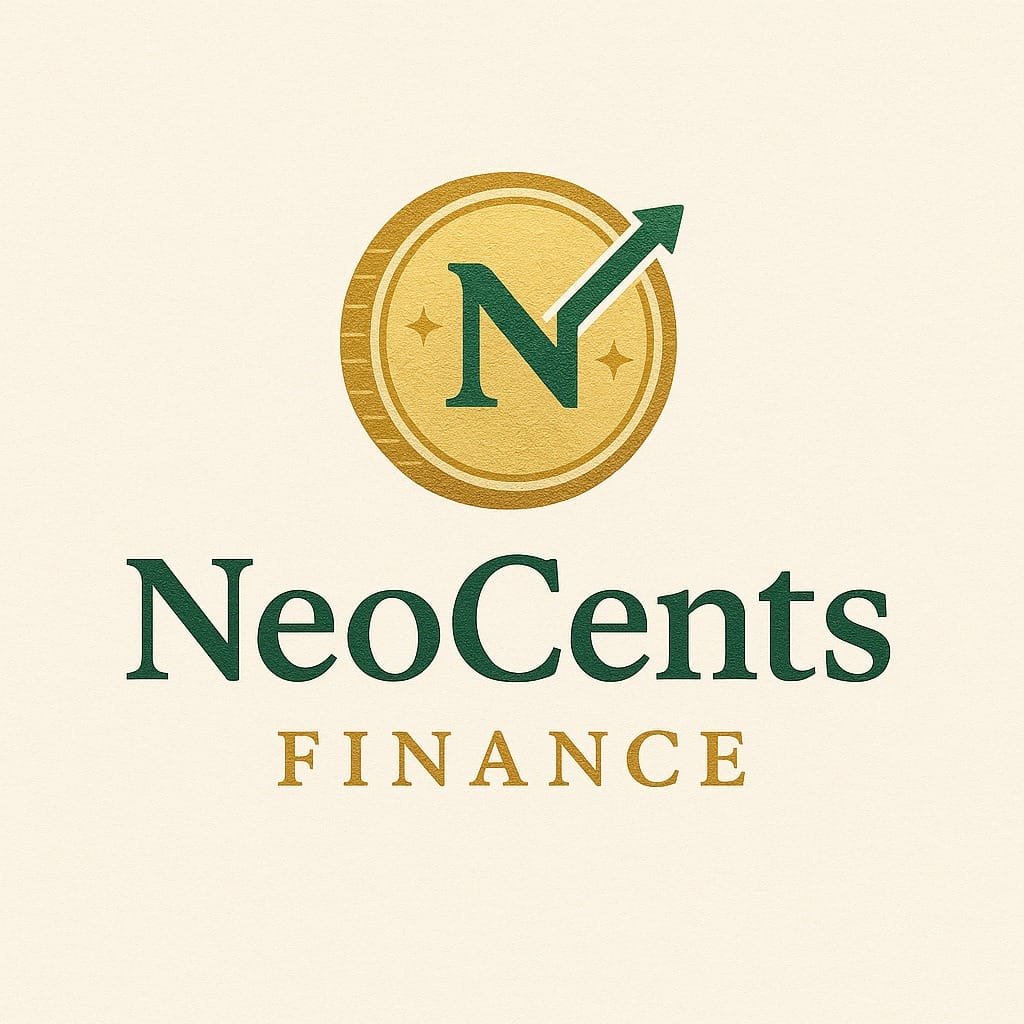Investing can seem like a daunting task for beginners, especially if you’re just starting and don’t have a huge amount of capital to work with. But here’s the good news: micro-investing apps are here to help. These apps allow you to start investing with as little as a few dollars, making them perfect for beginners who want to dip their toes into the world of investing without risking too much.
In this article, we’ll break down the best micro-investing apps for beginners and explain how they work. Whether you’re looking to start small or you’re just looking for an easy way to get your money working for you, micro-investing apps are a great solution.
Let’s dive in!
What Are Micro-Investing Apps?
If you’re wondering what micro-investing apps are, it’s simple. These apps let you invest small amounts of money, often through a method called round-up investing. Here’s how it works:
Round-up Investing: When you purchase with your linked bank account or credit card, the app automatically rounds up the cost to the nearest dollar (or another specified amount) and invests the difference.
For example, if you buy a coffee for $3.50, the app rounds up the purchase to $4.00 and invests the extra $0.50.
It’s a simple, hands-off way to start investing without feeling like you need a lot of capital upfront. Some apps even let you set automatic deposits or invest in fractional shares, so you don’t need to worry about coming up with large sums of money.
Now, let’s take a look at the 7 best micro-investing apps for beginners that are helping people grow their money one small step at a time.
1. Acorns: The Round-Up Leader
What It Is:
Acorns is one of the most well-known micro-investing apps. It’s super popular among beginners because of its simplicity and ease of use. Acorns automatically invests your spare change by rounding up your purchases to the nearest dollar and investing the difference.
Key Features:
Round-Up Feature: Acorns links to your credit or debit cards and rounds up your purchases, investing the change into a diversified portfolio.
Automatic Recurring Investments: Set up automatic deposits so that you can regularly add to your investments, even if it’s just $5 or $10 a week.
Educational Content: Acorns also provides a lot of educational content, so if you’re wondering, what’s the best app for investing for beginners, this app is a great starting point.
ESG Investing: Acorns offers portfolios that focus on environmental, social, and governance (ESG) factors for those who want to align their investments with their values.
Costs:
Acorns offers several pricing tiers, starting at $3 per month for their basic plan. The higher-tier plans offer additional features, such as retirement accounts and tax optimization strategies.
Best For:
Complete beginners who are looking for an easy way to start investing without much effort.
People who want a hands-off approach with automatic round-ups and recurring deposits.
Why It’s Great:
Acorns is perfect for those who want to get started with investing without feeling overwhelmed. It’s an ideal app for people looking for a low-maintenance, consistent investment option.
2. Stash: Invest With As Little As $5
What It Is:
Stash is another fantastic micro-investing app for beginners, allowing users to start investing with just $5. It’s similar to Acorns in that it allows for small-scale investments, but it also gives you more control over where your money goes.
Key Features:
Fractional Shares: With Stash, you can invest in fractional shares, meaning you don’t need to buy a whole share of a stock.
Personalized Investment Plans: Stash offers personalized advice and portfolio recommendations based on your financial goals, risk tolerance, and preferences.
Stash Banking: Stash also offers a banking option, with a debit card and a rewards program that lets you earn stock as rewards for everyday spending.
Automatic Investing: Set up recurring contributions for even smaller, more consistent investments.
Costs:
Stash’s pricing starts at $1 per month, with higher plans available for additional features like retirement accounts and tax optimization.
Best For:
Beginners who want more control over their investments.
People are looking for low-cost, diversified portfolios that are easy to manage.
Why It’s Great:
Stash is a great app for those who are ready to move beyond basic round-up investing and want to actively pick investments while still keeping the process simple.
3. Robinhood: Commission-Free Investing for Beginners
What It Is:
Robinhood is one of the most popular investment apps, known for offering commission-free trading. While it’s more of a traditional investing app compared to Acorns or Stash, it still allows beginners to start small with fractional shares.
Key Features:
Commission-Free Trading: Robinhood offers commission-free trades for stocks, ETFs, options, and cryptocurrency.
Fractional Shares: You can buy fractions of shares, meaning you don’t need to invest hundreds of dollars in high-priced stocks.
Simple Interface: Robinhood’s easy-to-navigate interface makes it perfect for beginners.
Crypto Investing: Robinhood also allows you to invest in cryptocurrencies, which can help diversify your portfolio.
Costs:
Robinhood doesn’t charge any commissions, but it does offer a premium plan called Robinhood Gold for $5 per month.
Best For:
Investors who want to trade stocks and crypto without paying commissions.
Beginners who want to invest in individual stocks rather than ETFs or funds.
Why It’s Great:
Robinhood is fantastic if you want to start investing in individual stocks and ETFs without paying high fees. It’s also great for those interested in crypto.
4. Microvest: A Unique Option for Beginners
What It Is:
Microvest is a newer app that focuses on micro-investing with a twist. It’s a platform designed to help you invest small amounts in asset classes like real estate and private equity.
Key Features:
Diversified Assets: Microvest allows investments in stocks, bonds, and real estate.
Low Minimum Investment: Start with as little as $5 to $10.
Global Investment Opportunities: Offers international investments for global diversification.
Costs:
Microvest charges around 1.5% of assets under management. The app is free to download, but investment options have associated fees.
Best For:
Investors who want access to alternative asset classes.
Beginners looking for global investment exposure.
Why It’s Great:
Microvest offers unique opportunities not often available to everyday investors, perfect for those looking beyond the basics.
5. Public.com: Social Investing
What It Is:
Public.com combines investing with social networking. Users can share their investment strategies, learn from others, and invest in fractional shares.
Key Features:
Fractional Shares: Invest in high-priced stocks without needing large capital.
Social Investing: Follow other investors and see their portfolios.
No Commission Fees: Trades are free.
Educational Content: Includes tips and resources to help new investors.
Costs:
No fees for trades, but instant deposits and other services may incur charges.
Best For:
Beginners looking for a community-based investing experience.
Learners who prefer observing and interacting with other investors.
Why It’s Great:
Public.com makes learning to invest engaging and collaborative, while keeping costs low and features accessible.
6. Wealthfront: Robo-Advisor for Beginners
What It Is:
Wealthfront is a robo-advisor that automatically manages your investments based on your goals and risk tolerance.
Key Features:
Automatic Portfolio Management: Wealthfront builds and manages a diversified portfolio.
Low Fees: Just a 0.25% management fee.
Tax Optimization: Includes tax-efficient investing strategies.
Costs:
Management fee of 0.25% of assets under management.
Best For:
Investors want a hands-off, automated experience.
Those seeking low-cost, tax-efficient investing.
Why It’s Great:
Wealthfront takes the guesswork out of investing, making it ideal for beginners who prefer not to manage portfolios themselves.
7. Betterment: A Top Robo-Advisor for Beginners
What It Is:
Similar to Wealthfront, Betterment offers personalized, automated portfolio management with goal-setting features.
Key Features:
Automated Portfolio Management: Keeps your investments aligned with your financial goals.
Goal Setting: Helps you invest for specific outcomes like retirement or home buying.
Tax-Loss Harvesting: Reduces taxable gains by offsetting them with losses.
Costs:
Charges 0.25% for the basic plan, with premium options available.
Best For:
Beginners wanting a fully automated and goal-oriented investing experience.
Those who want tax-smart strategies without the complexity.
Why It’s Great:
Betterment offers simplicity, automation, and smart features, making it one of the best options for true investing beginners.
Best Micro Investing Apps for Beginners
If you’re looking to start investing but don’t know where to begin, these micro-investing apps for beginners are a great place to start. Whether you prefer a hands-off robo-advisor like Wealthfront or Betterment, or want a more active approach with Stash or Robinhood, there’s something for everyone.
Each app offers different features, so take a closer look at what fits your investing style and goals. And don’t forget to start small, micro investing lets you grow your money over time, with little risk and minimal effort.
So, what are you waiting for? Start investing today!








